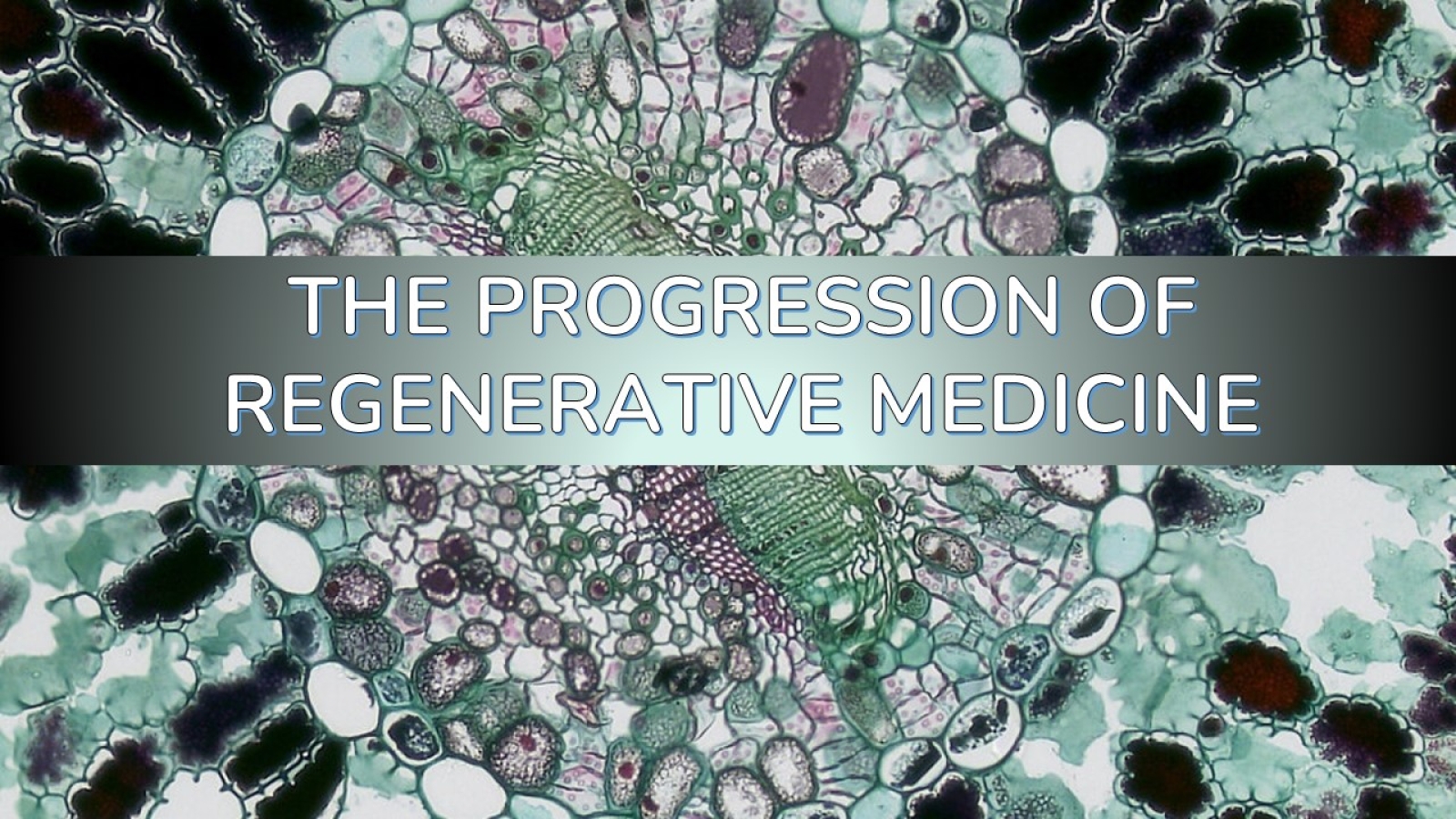The human body has the natural ability to heal itself in many ways. A cut to the skin, broken bones mend and a living-donor’s liver regenerates in a few weeks. What if scientists can make use of the body’s innate ability to heal itself, to replace daysrelax gigasport-online von-dutch fracominaabiti von-dutch lamilanesaborse 24h-bottle blundstoneoutlet kleankanteenkinder 24bottlesclima 24bottlesclima coralbluescarpe tatacalzature ynotoutlet tatacalzaturedamaged organs or tissues? Well that’s what regenerative medicine is all about….
According to Dr. Heather Greenwood et al., “regenerative medicine is an emerging interdisciplinary field of research and clinical applications focused on the repair, replacement or regeneration of cells, tissues or organs to restore impaired function resulting from any cause, including congenital defects, diseases, trauma and aging”. It’s an emerging branch of medicine which shows a promising future. The currently used treatment option of transplantation to replace damaged or diseased organs and tissues has many drawbacks. There is a limited pool of donors and the recipients have to be on lifelong immunosuppression which makes them susceptible to many opportunistic infections. And to mention the fact that there is a huge risk of graft rejection which will render the entire procedure moot as well as the highly feared host vs. graft reactions. Taking all of these matters into consideration, regenerative medicine seems like a more appropriate and convenient option at present.
Several principles are being used in this field:
- Tissue engineering and biomaterial
Here biologically compatible scaffolds are implanted at the site where new tissue is to be formed. This will attract cells and give rise to a new tissue of the desired shape.
- Cellular therapy
This is also known as stem cell transplantation which will be discussed in more detail later in this article
- Medical devices and artificial organs
Although we consider regenerative medicine as an emerging field in medicine, it has its roots set way back in history. A common example is the tale of Prometheus that appeared in 8th century BCE. Prometheus, an immortal Titan in Greek mythology who stole fire and gave it to humanity for them to use, defying the gods in consequence. As punishment, Zeus decreed that he was to be bound to a rock where an eagle would feast on his liver every day and said liver would regenerate itself every night, leading to a continuous loop of torture. There are many other legends as this one in different cultures suggesting that regenerative medicine is no new concept to mankind.
However this became a possibility once scientists like Alexis Carrel (who invented the technique of cell culture) were finally able to keep cells and tissues alive outside of the body allowing them to study the mechanisms of cell renewal, regulation, and repair. The initial trials began by experimenting on the largest and most well known regenerative organ of the human body, the skin. The very first product of regenerative medicine called as the Epicel was created in 1979. This technology consisted of isolating keratinocytes from a skin biopsy and having them proliferate outside of the body to make cell “sheets” that were then used as an autologous treatment for burn patients. The next technology was Apligraf, found in 1981 which could regenerate both the dermis and epidermis of the body. Scientists were also looking into cartilage regeneration at the same time. The next big step in regenerative medicine was the discovery of stem cells and the coining of regenerative medicine with stem cell transplantation. By this time many scientists were invested in this field and many discoveries were made in the following years such as, the implantation of a genetically engineered bladder in 2006 and the widespread use of hematopoietic stem cell transplants as a curative therapy for blood disorders and immunodeficiency. Thus the field of regenerative medicine was booming!
There are 4 types of regenerative medicine being used at present.
- Stem cell treatments
Stem cells are the body’s raw materials from which differentiated cells arise. In regenerative medicine, stem cells are being guided to give rise to the organ that we need. People who might benefit from stem cell therapies include those with spinal cord injuries, type 1 diabetes to reduce the progression to complete insulin resistance , Parkinson’s disease, amyotrophic lateral sclerosis, Alzheimer’s disease, heart disease to strengthen the heart, stroke, burns to regenerate the lost skin, cancer and osteoarthritis.
- Cartilage regeneration
Healing of cartilage is difficult due to its poor blood supply. This technology is used to regenerate the musculoskeletal system. Healthy cartilage is taken form the damaged joint and grown in vitro and then the new cells are injected to replace the damaged tissue.
- Platelet rich plasma (PRP)
This concept is based on the belief that platelets posses a regenerative capacity. Blood drawn from the patient is centrifuged and concentrated platelets are injected back to the site needed.
- Prolotherapy
In prolotherapy, a doctor injects a watery solution containing substances like saline and dextrose into the injured area. These injections usually contain a numbing agent like lidocaine as well.The injection irritates the injury site, triggering the body’s healing response. As a result, the body will grow new connective fibers to repair the damaged tissue.
Currently a vast number of FDA approved products are available on the markets and are being used in the curative as well as preventive aspects of medicine. Biologics such as autologous fibroblasts in improving nasolabial fold appearance, autologous chondrocytes for cartilage defects, cord blood for hematopoietic stem cells for immune reconstitution are used. Also cell based medical devices like dermagraft with allogenic fibroblasts for the healing of diabetic foot ulcers, cell extractions like cellution to transfer autologous adipose stem cells are being widely used. Bio pharmaceuticals like platelet derived growth factors are being used for periodontal defects and diabetic foot ulcers.
Although the field of regenerative medicine had seen many advances, it has much more potential. Many researches are being carried out and many new developments are being made.New inventions are being studied, such as bioengineering livers, tendons and artificial vascular systems.
There are a few challenges such as regarding the safety following a stem cell transplantation. How will they continue to grow? Will it be harmful to the recipient? Hence tight regulation and monitoring is required. Secondly, vascular anastomoses fro the newly regenerated organ with the host vascular system is needed. This could be tricky and should be done with care to prevent further complications. On the other hand more studies are required to find out about how age, diseases state and micro biome of the recipient will affect the regenerative capacity.
However to date the filed of regenerative medicine has led to life changing discoveries and will continue to do so. It’s almost as if the field is itself regenerating!
References
Dr. Nael Shanti. 2021. 4 Types of Regenerative Therapy Treatments – Dr. Nael Shanti. [online] Available at: <https://www.shantispinesurgery.com/types-of-regenerative-therapy-treatments/> [Accessed 20 October 2021].
Greenwood, H., Thorsteinsdottir, H., Perry, G., Renihan, J., Singer, P. and Daar, A., 2006. Regenerative medicine: new opportunities for developing countries. International Journal of Biotechnology, 8(1/2), p.60.
Jacques, E. and Suuronen, E., 2020. The Progression of Regenerative Medicine and its Impact on Therapy Translation. Clinical and Translational Science, 13(3), pp.440-450.
Mao, A. and Mooney, D., 2015. Regenerative medicine: Current therapies and future directions. Proceedings of the National Academy of Sciences, 112(47), pp.14452-14459.


Leave A Comment